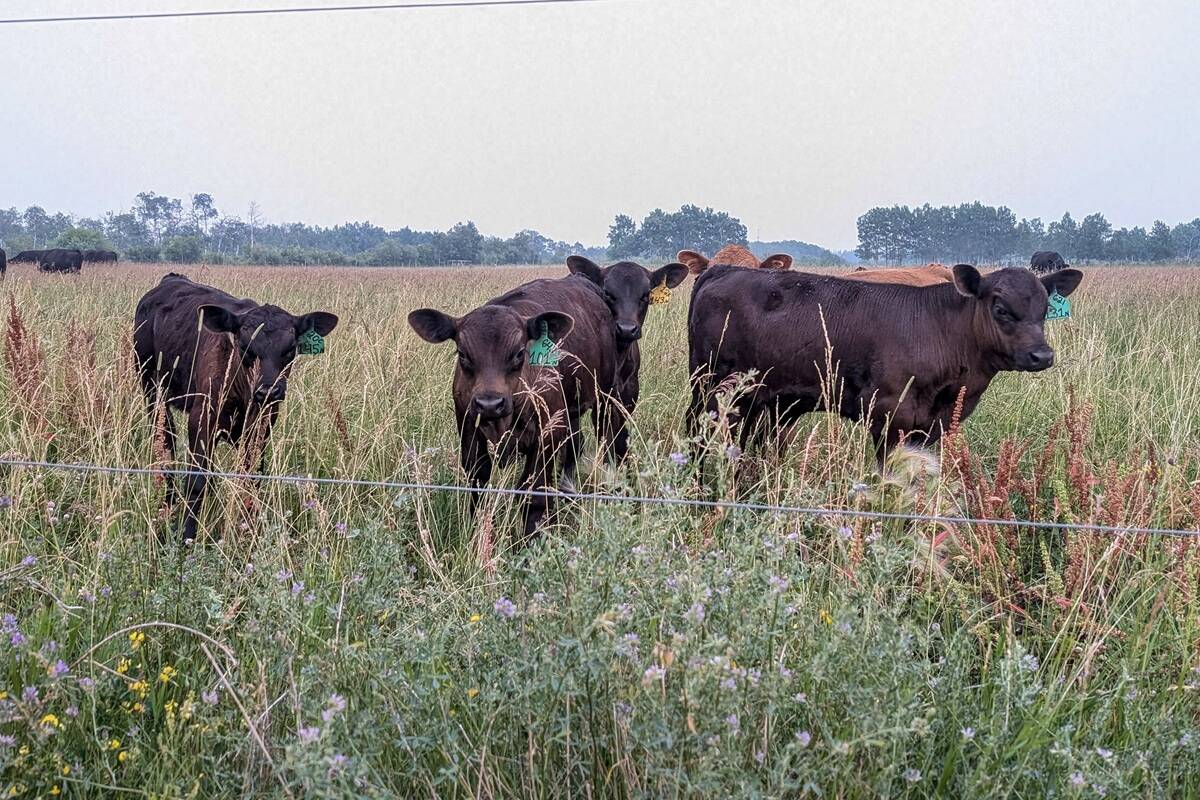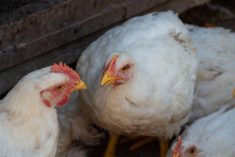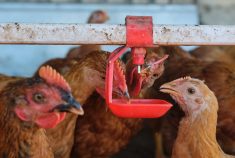A low-pathogenicity (“low-path”) strain of H7N3 avian influenza that recently turned up in turkeys in the southeastern U.S. appears to have gone high-path.
The U.S. Department of Agriculture’s Animal and Plant Health Inspection Service (APHIS) on Thursday confirmed highly-pathogenic H7N3 avian flu in a commercial turkey flock in Chesterfield County, in northern South Carolina.
“It appears this (high-path) strain mutated from a low pathogenic strain that has been found in poultry in that area recently,” APHIS said in a release.
Low-path H7N3 began appearing in neighbouring counties in North Carolina in mid-March, spreading to about a dozen flocks, nearly all on the north side of the state line.
Read Also

‘Not a happy Trump supporter’: U.S. Cattle ranchers hit by push for lower beef prices
Much like the price of eggs during the Biden administration, the cost of beef has become an emblem of the affordability crisis in Donald Trump’s America. Beef prices hit record highs earlier this year as the cattle herd shrank and consumer demand remained strong.
H5 and H7 low-path avian flu viruses are known to mutate to high-path, given time and enough exposure to commercial birds.
The new outbreak announced Thursday marks the first confirmed case of high-path avian flu in commercial poultry in the U.S. since 2017.
State officials have quarantined the affected farm and the flock has been “depopulated” to prevent the spread of the disease, APHIS said. “Birds from the flock will not enter the food system.”
Ontario’s Feather Board Command Centre, an animal health emergency response group set up by the province’s poultry and egg industry groups, said last week the most likely source of the low-path H7N3 strain in the Carolinas was migratory waterfowl on the Atlantic Flyway, with “inter-farm spread from possible defects in biosecurity.”
For migratory birds, the Atlantic Flyway runs north up into southern Ontario, Quebec and Atlantic Canada, but the route “has not been previously involved in outbreaks among commercial flocks,” the FBCC said.
In Canada, high-path H7N3 was previously responsible for avian flu outbreaks in commercial flocks in southern Saskatchewan in 2007 and British Columbia’s Fraser Valley in 2004.
Bird owners, both commercial producers and “backyard enthusiasts,” are asked to continue to practice good biosecurity, prevent contact between their birds and wild birds, and report sick birds or unusual bird deaths to state veterinary officials or USDA, APHIS said Thursday. — Glacier FarmMedia Network















